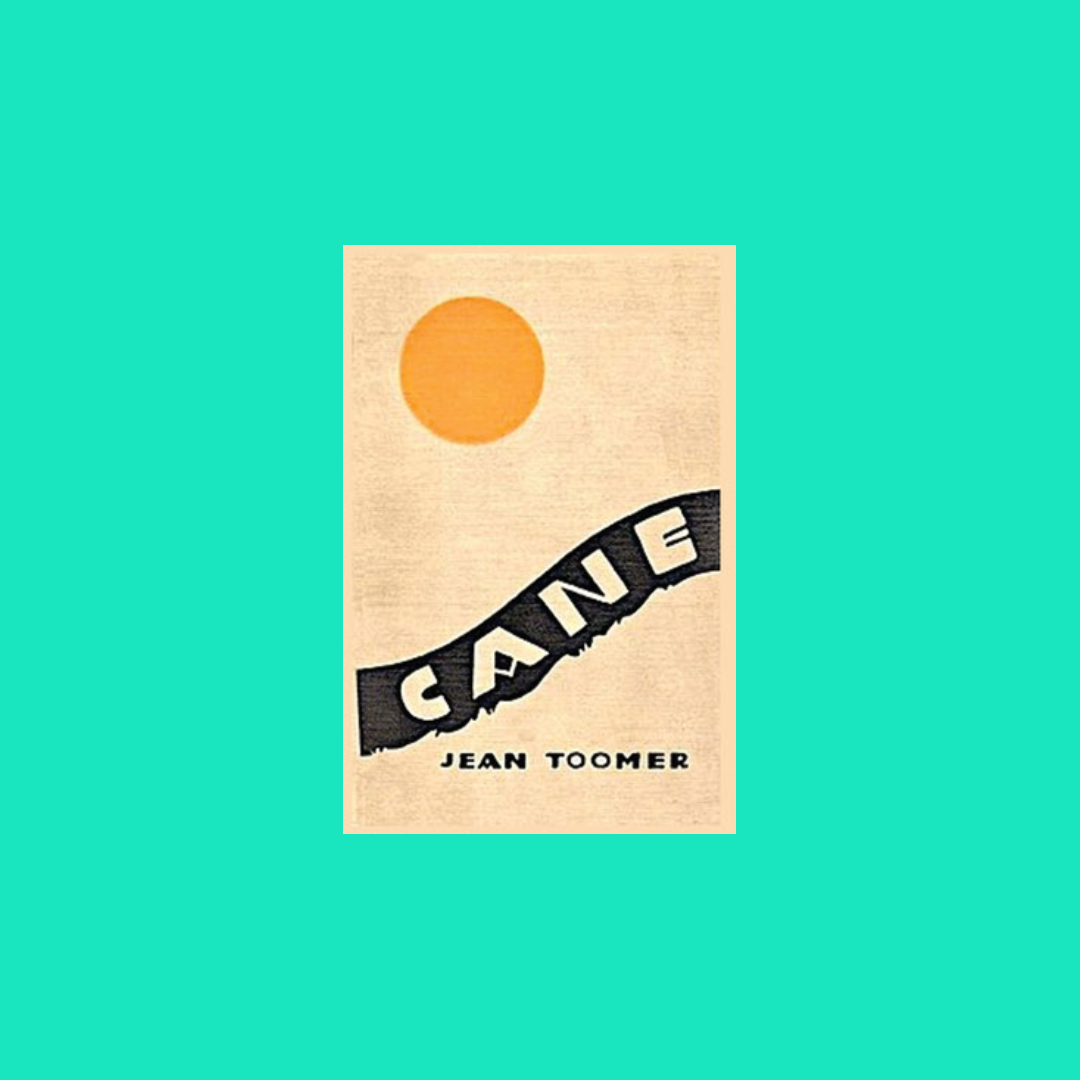APS TOGETHER
Day 9
Cane by Jean Toomer"Kabnis," section 3
August 11, 2022 by Sharifa Rhodes-Pitts
A splotchy figure drives forward along the cane- and corn-stalk hemmed-in road. A scarecrow replica of Kabnis, awkwardly animate. Fantastically plastered with red Georgia mud.
In flight, Kabnis has become a "scarecrow replica of himself"—has he lost some part of his humanity? Having tripped and fallen he is now covered in the red mud that previously fell upon him as dust.
Their clammy hands were like the love of death playing up and down my spine.
Previously, frightened by the "many dead things moving in silence" Kabnis felt fingers. The image returns here.
Halsey (coming in): Aint as bad as all that. Put that thing down.Layman: Its only us, Professor. Nobody else after y. Kabnis: Halsey. Layman. Close that door. Dont light that light. For godsake get away from there.Halsey: Nobody’s after y, Kabnis, I’m tellin y. Put that thing down an get yourself together. Kabnis: I tell you they are. I saw them. I heard the hounds.Halsey: These aint th days of hounds an Uncle Tom’s Cabin, feller. White folks aint in fer all them theatrics these days. Theys more direct than that. If what they wanted was t get y, theyd have just marched right in an took y where y sat. Somebodys down by th branch chasin rabbits an atreein possums.
Kabnis is unable to read the signs: he doesn't know that the hound and calls he heard were merely a hunter pursuing a possum. He doesn't know that a white mob would have "just marched right in an took y where y sat." But what of the more supernatural aspects of what he has described (the hands and fingers he feels while running)?
The circular fringe is patterned on the ceiling.
I love Toomer's practice of repeating lines refrain-like, in the prose. Here the repeated image of the shadow cast by the lampshade has the effect of keeping us in the scene—how the space is acting on the bodies gathered.
Its purpose is to teach our youth to live better, cleaner, more noble lives. To prove to the world that the Negro race can be just like any other race.
The hypocrisy of this already noted by Kabnis—that blacks should have to compare themselves to a white ideal that is upheld by violence and brutality
You heard me. Now leave him alone. I’m takin him home with me. I got it fixed. Before you came in. He’s goin t work with me. Shapin shafts and buildin wagons’ll make a man of him what nobody, y get me? what nobody can take advantage of.
Halsey asserts himself as an opposing power to Hanby—that he can "make a man" of Kabnis by offering him work in the wheelwright shop versus the combined subservience and respectability Hanby represents.
Kabnis wants to rise and put both Halsey and Hanby in their places.
Kabnis recognizes that he is caught in a power struggle between the two men… but he does not act.
Lewis shakes hands with Halsey. Nods perfunctorily to Hanby, who has stiffened to meet him. Smiles rapidly at Layman, and settles with real interest on Kabnis.
This scene is remarkable for the different figures it crowds together. I can't think of another scene in literature populated by five black men, none reduced to a type or a foil for a white character. (Maybe in the plays of August Wilson.) Toomer, though an outsider, takes us into the center, with this scene of black life.
His eyes turn to Kabnis. In the instant of their shifting, a vision of the life they are to meet. Kabnis, a promise of a soil-soaked beauty; uprooted, thinning out. Suspended a few feet above the soil whose touch would resurrect him. Arm’s length removed from him whose will to help... There is a swift intuitive interchange of consciousness. Kabnis has a sudden need to rush into the arms of this man. His eyes call, “Brother.” And then a savage, cynical twist-about within him mocks his impulse and strengthens him to repulse Lewis. His lips curl cruelly. His eyes laugh.
Kabnis and Lewis have already been observed to resemble each other. This moment of identification, attraction, repulsion describes an eros of mutual need—to survive, to make sense of their circumstances (neither of them belongs there). They could give this to each other, but Kabnis recoils.
Halsey: Thats a man. Hear me, Kabnis? A man—
Again, Halsey defends an idea of black manhood opposed to that represented by Hanby, the school, the church.
Thats right. Thats true, sho. Everybody’s been expectin that th bust up was comin. Surprised um all y held on as long as y did. Teachin in th South aint th thing fer y. Nassur. You ought t be way back up North where sometimes I wish I was. But I’ve hung on down this away so long—Halsey: An there’ll never be no leavin time fer y.
What has built this anticipation that "th bust up was comin"? Layman expresses a desire to leave the South, which Halsey quickly shuts down. I'm reminded of this panel from Jacob Lawrence's The Migration Series—where the figures seem planted by the weight of the decision to stay or to go.
